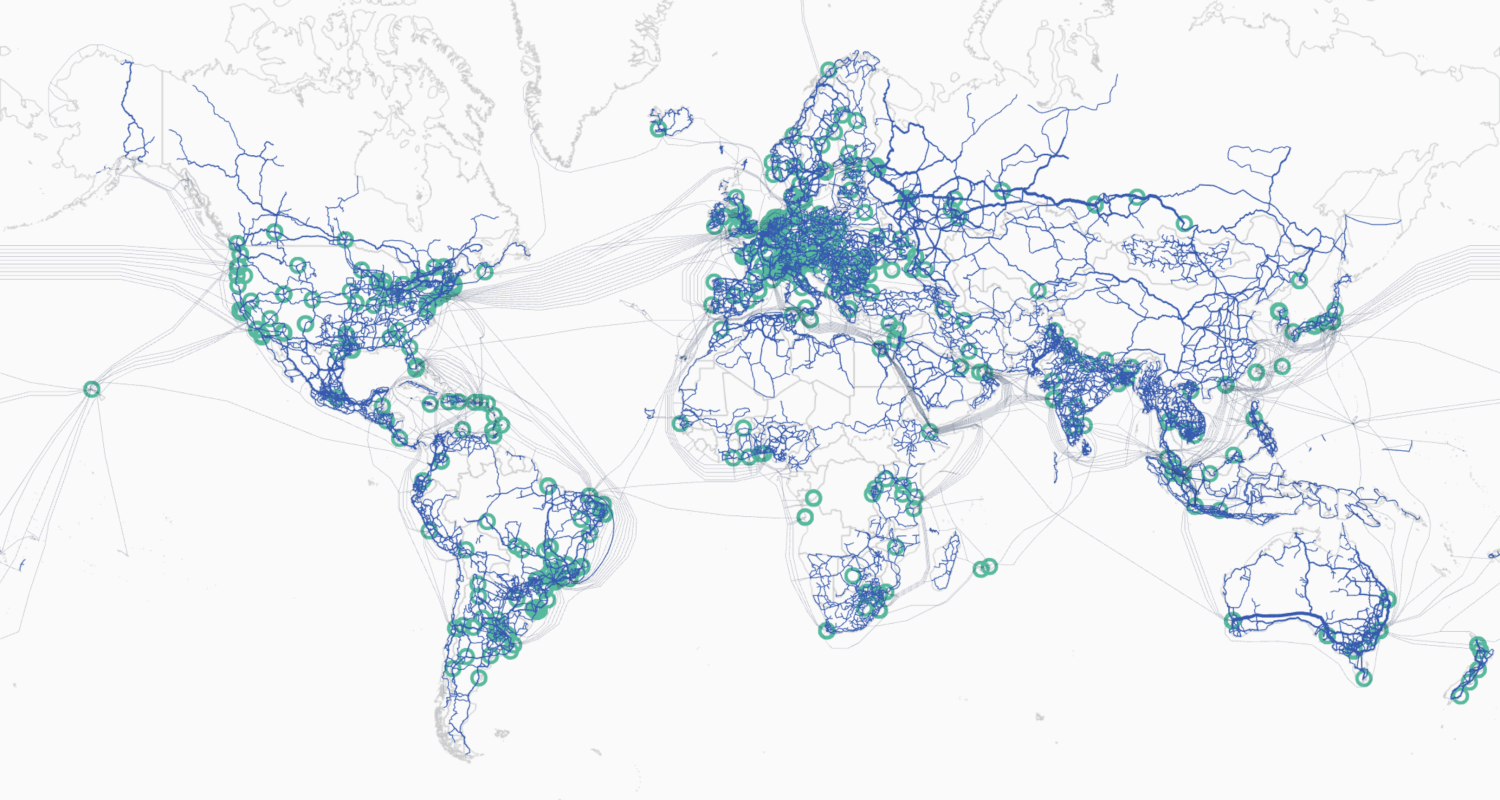Backbone
A backbone network is a robust, high-speed network that links multiple local networks into a single wide-area network. Similar to how a person's backbone carries signals to and from smaller groups of nerves in their nervous system, a backbone network forms the central communications infrastructure that transmits data between networks. The largest backbone network connects ISPs around the world to create the Internet.
Computers on a network do not connect to a network backbone directly. Instead, each local network connects to its backbone through an edge router, which directs data packets to their destination using the most efficient route possible. A backbone typically uses faster transmission lines than an individual network — often a trunk of multiple fiber-optic cables. A connection to the backbone often maximizes its speed using link aggregation, which connects a device to several separate lines and sends data across them in parallel. For example, an edge router may link to five 10-gigabit fiber optic lines in aggregate to provide a single 50-gigabit connection.
The backbone network that forms the Internet consists of trunks of high-speed fiber optic cables owned by several global telecommunications companies, categorized as Tier 1 ISPs. All Tier 1 ISPs work together through peering agreements that allow the free flow of traffic between their networks via hundreds of high-speed linkages, called Internet exchange points, located around the world. Tier 1 ISPs provide Internet backbone connections to medium-sized (Tier 2) ISPs, who in turn provide service to large enterprises, data centers, and regional (Tier 3) ISPs.

 Test Your Knowledge
Test Your Knowledge